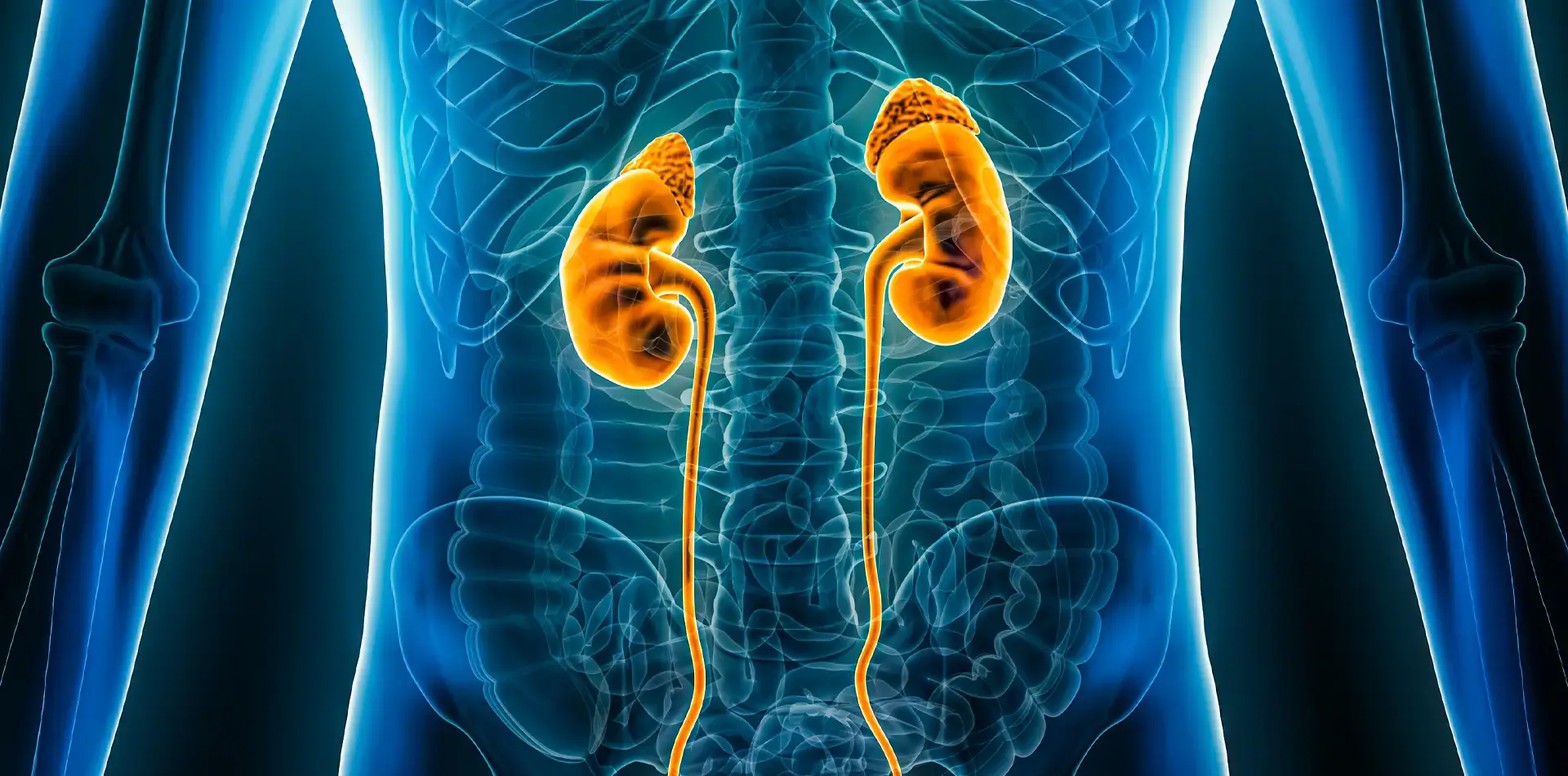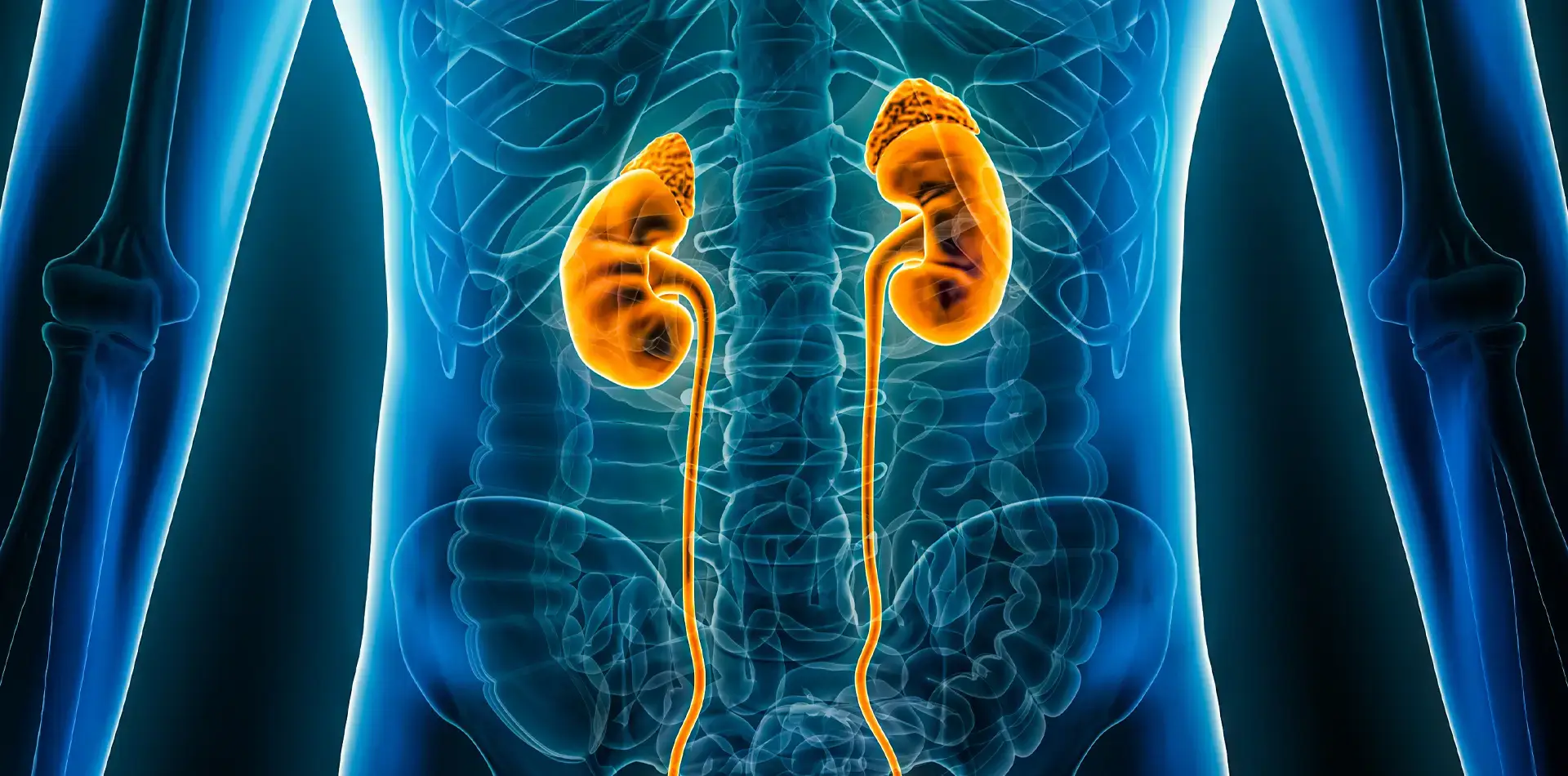Cryoablation goal is to reduce temperature of the target tissue below lethal temperature of -20°C while protecting neighbouring vital structures. It is a steady-state transfer of energy that depends only on the temperature difference, which is relatively stable (i.e., tissue temperature [37°C] versus probe temperature [approximately −140°C] This procedure involves introducing a number of these probes under image guidance to target lesion.
The Cryoablation was performed under deep sedation. The whole procedure including anaesthesia was successfully completed in under 2 hours with no complications.

Patient made quick recovery post procedure and described minimal discomfort related to probes placement site. He developed no haematuria and started eating and drinking after procedure. Patient was discharged next morning. He was later reviewed in interventional radiology clinic a few days later where he remain well with out pain apart of some skin bruising at the probs access site that will resolve spontaneously.

At AHD Dr Alfahad has the expertise in this field of treatment. He performed many successful Cryoablation therapies abroad and has been working with his multidisciplinary colleagues to develop this service at AHD.
This treatment will benefit many patient in the region and will be part of variety of therapeutic options available to our patients at AHD.